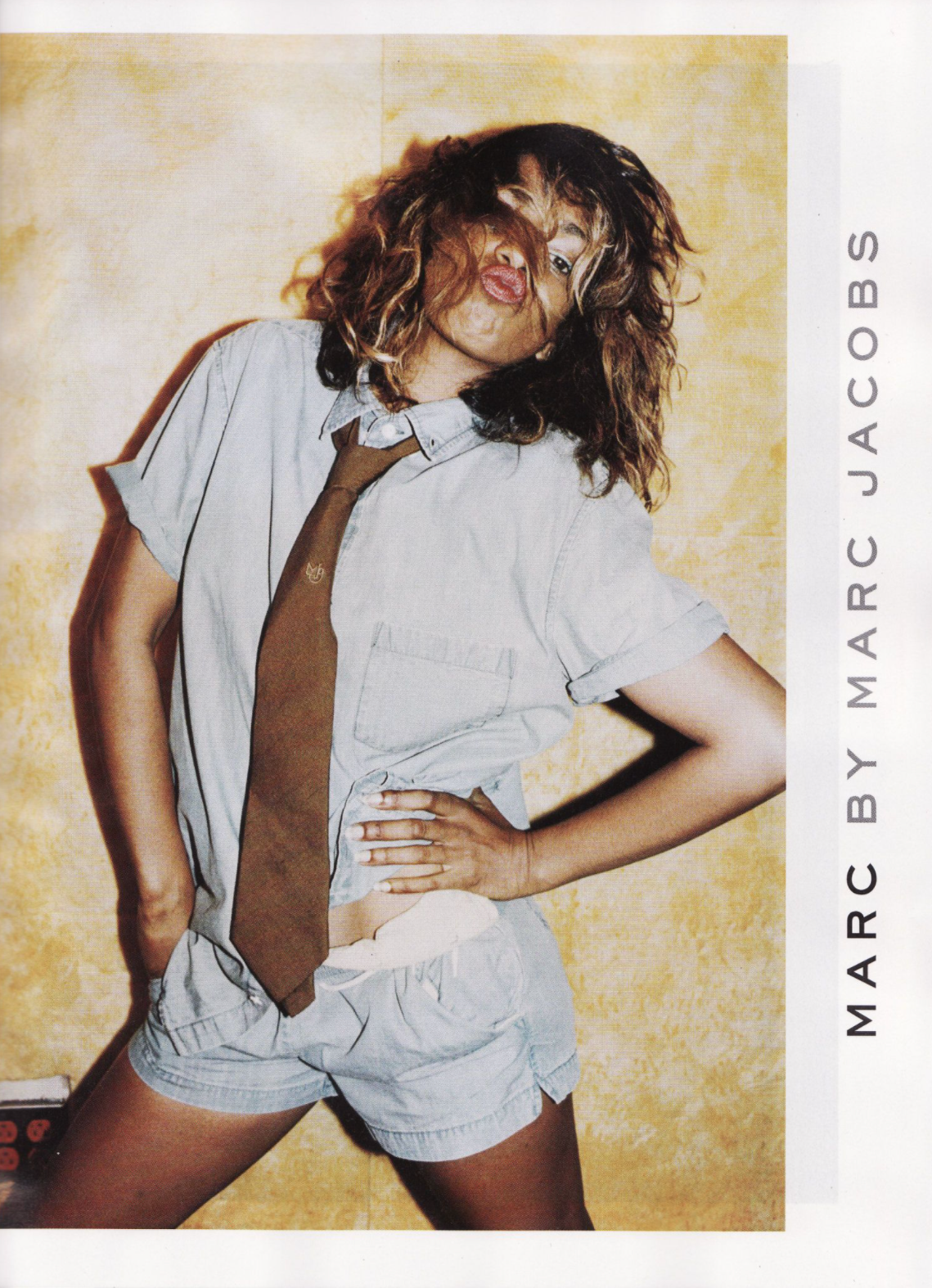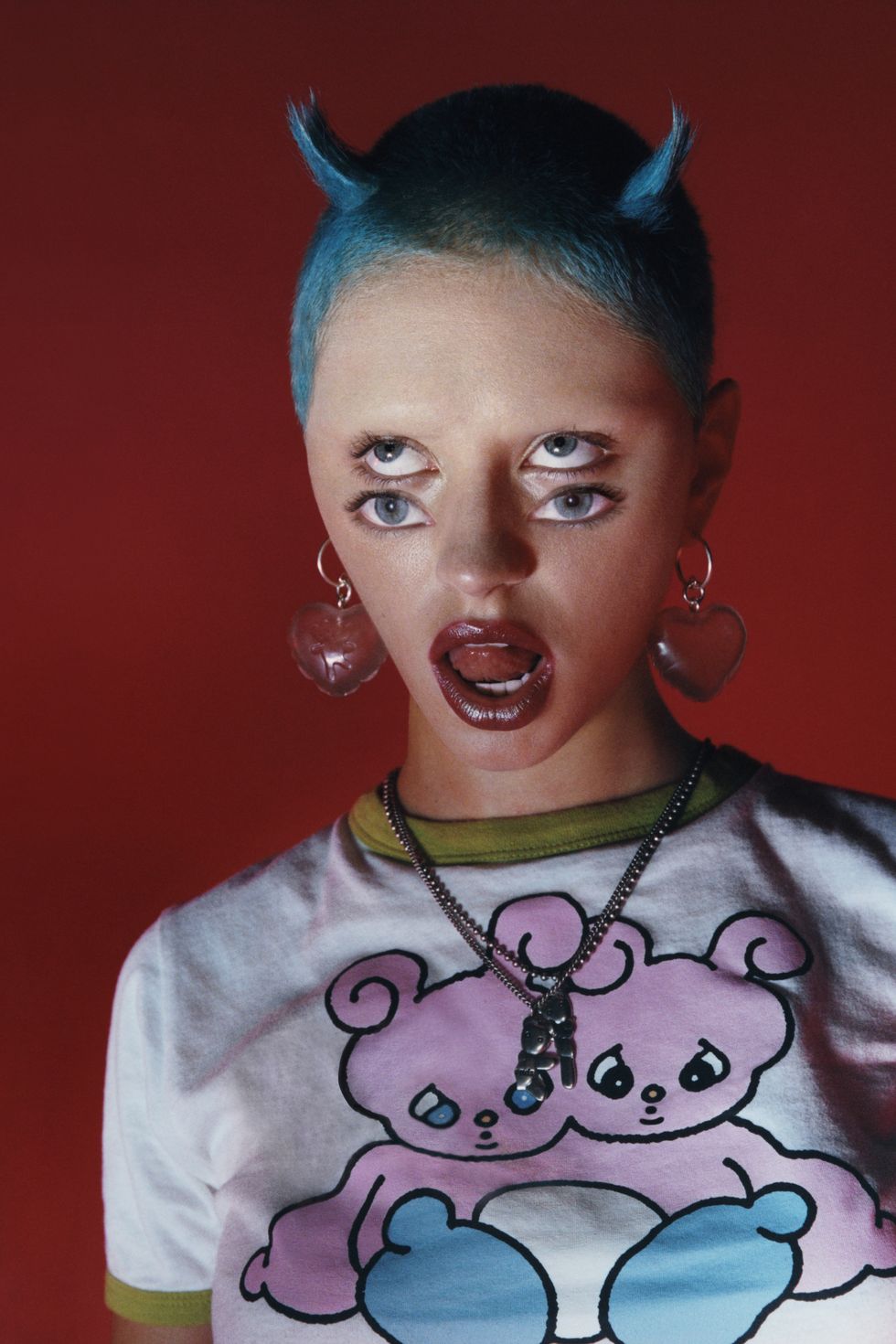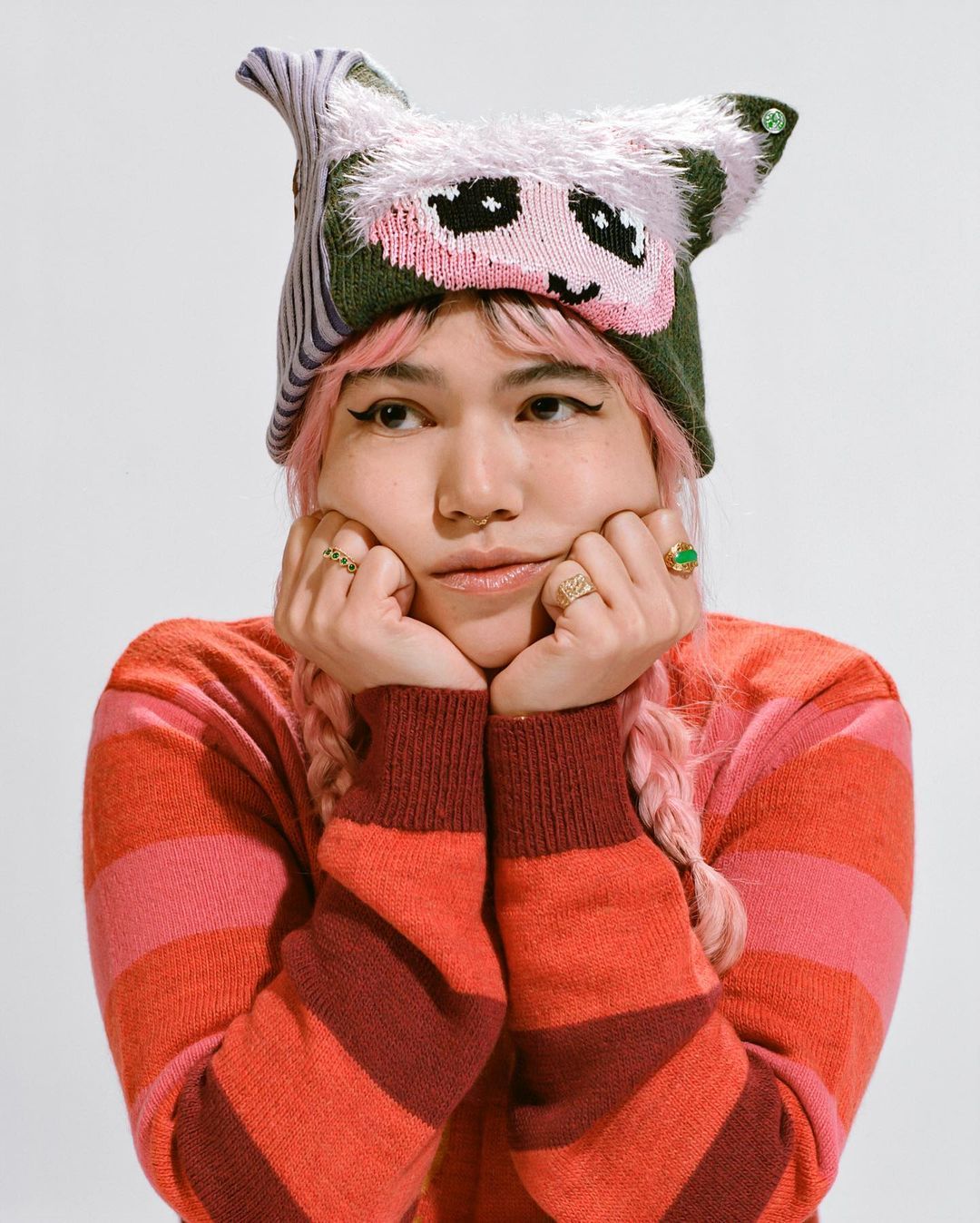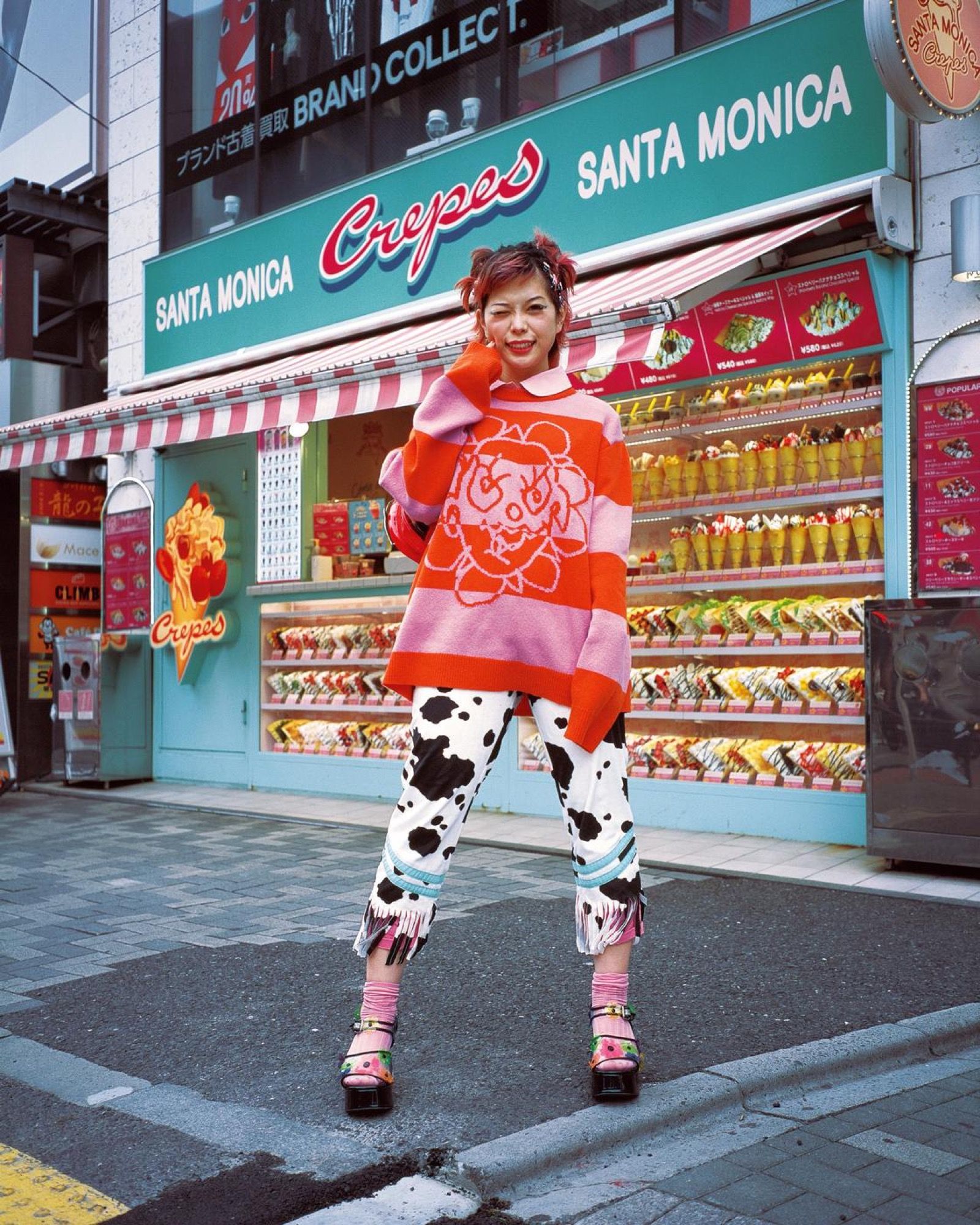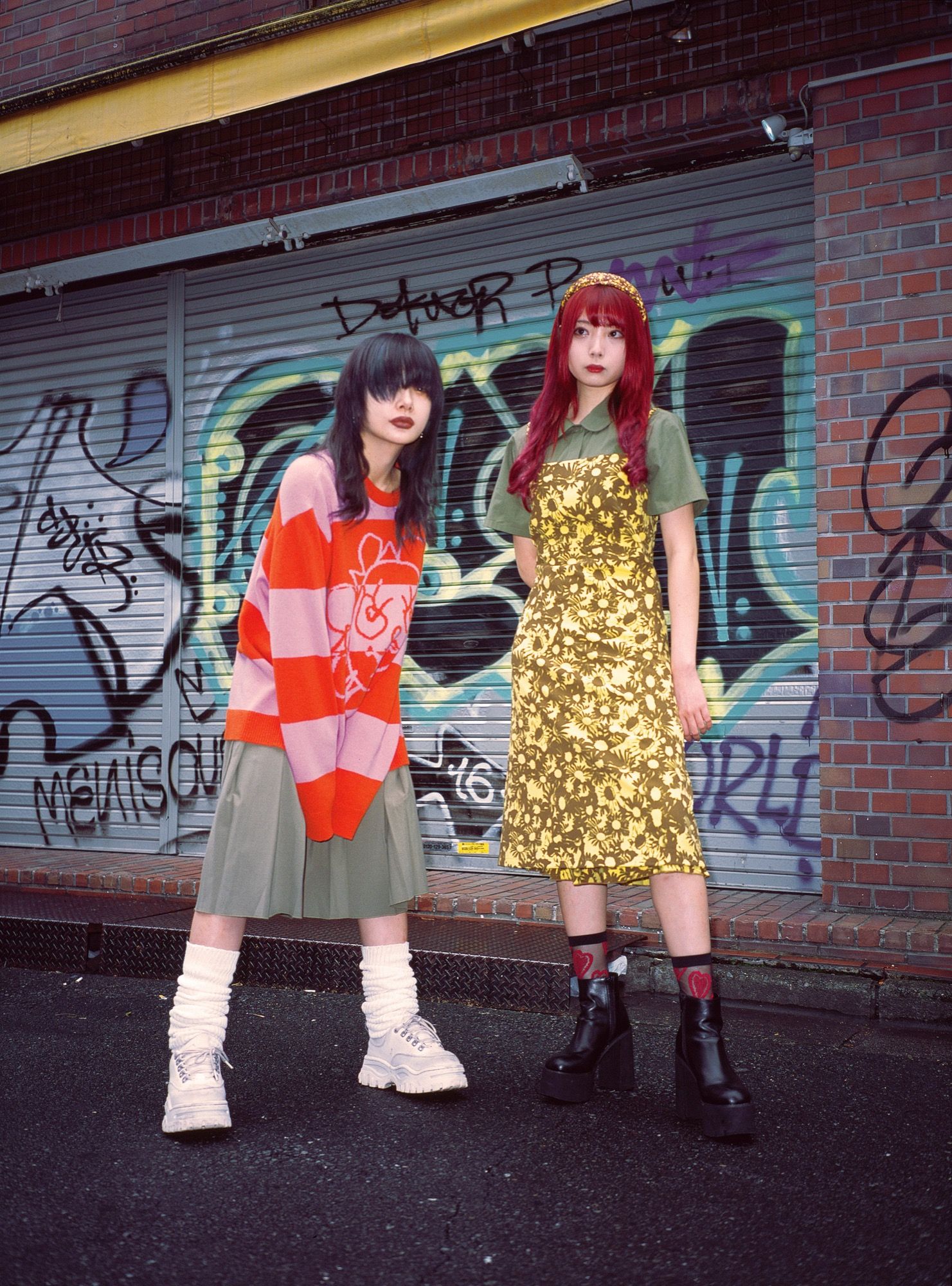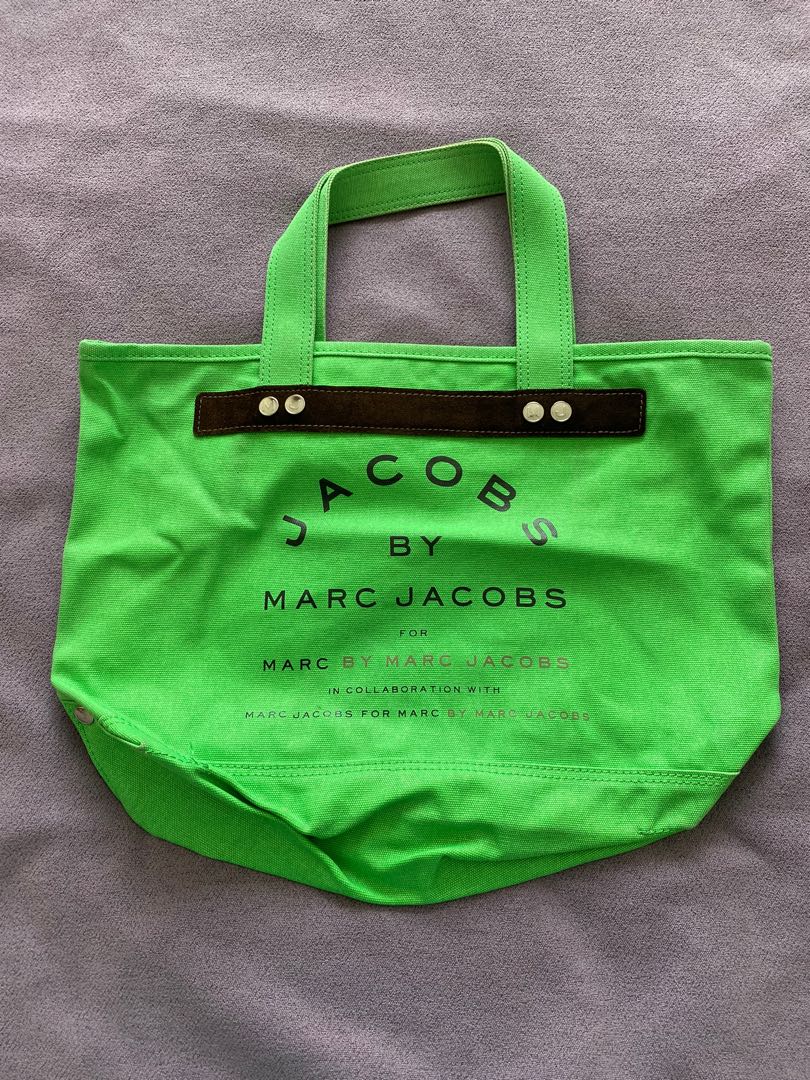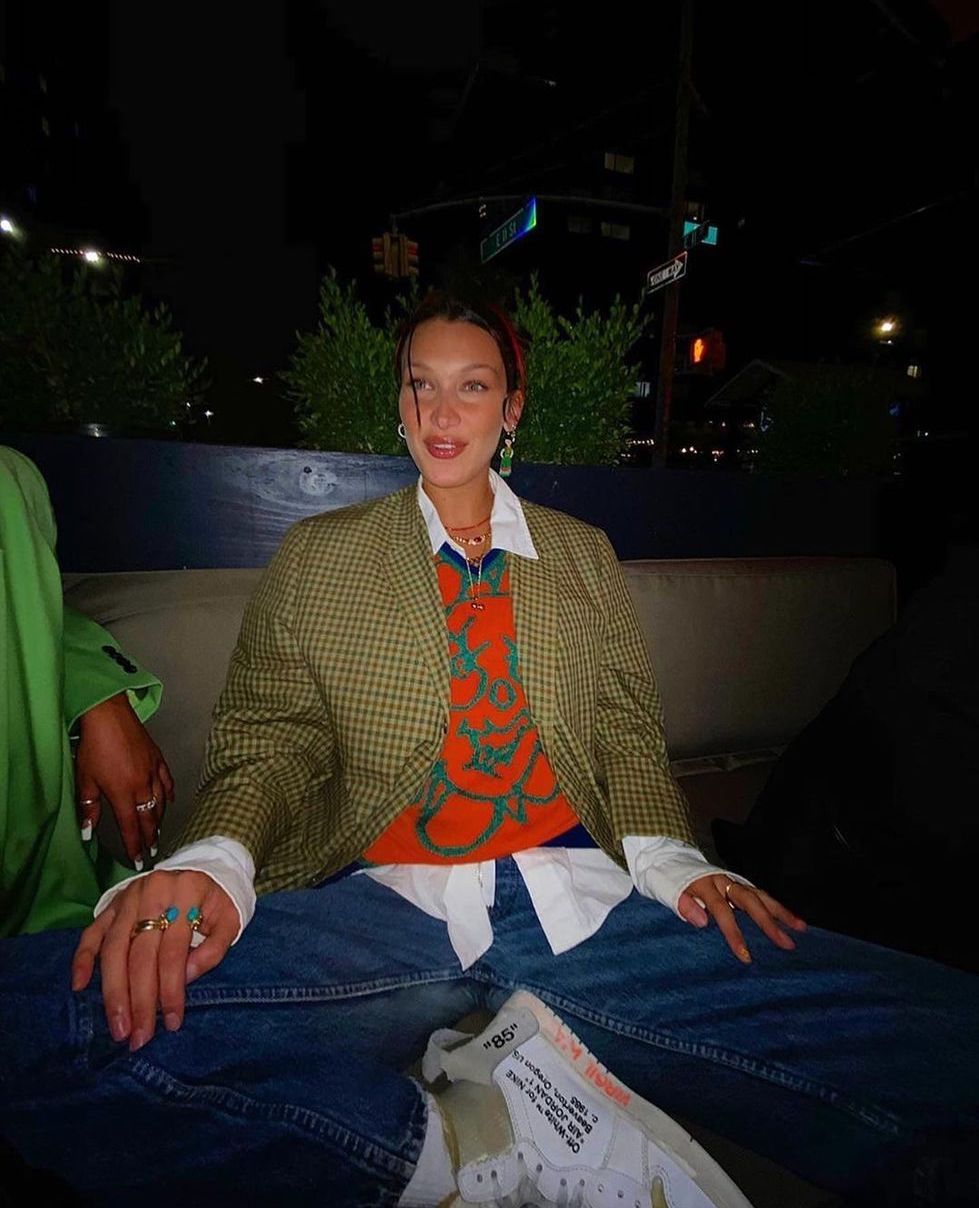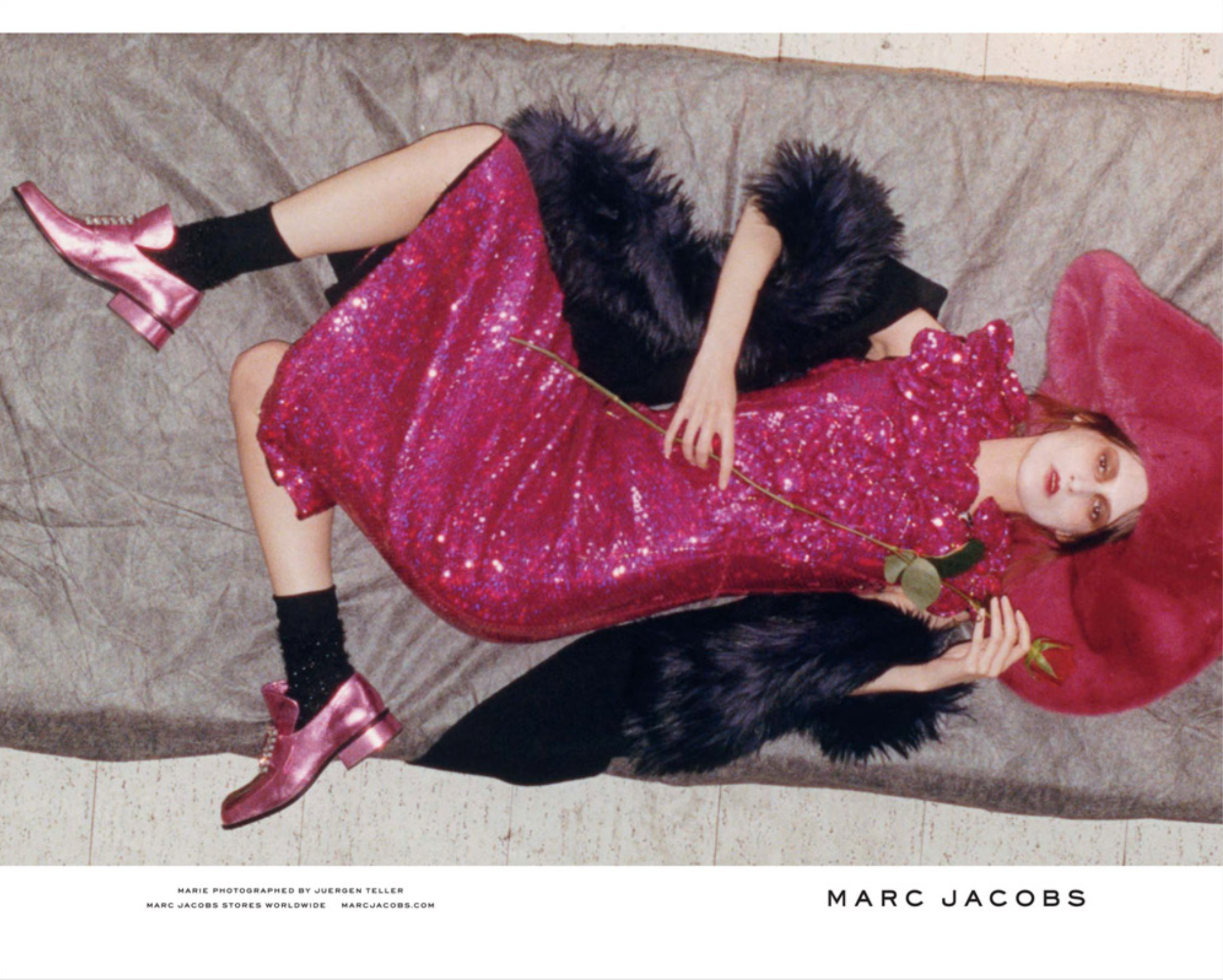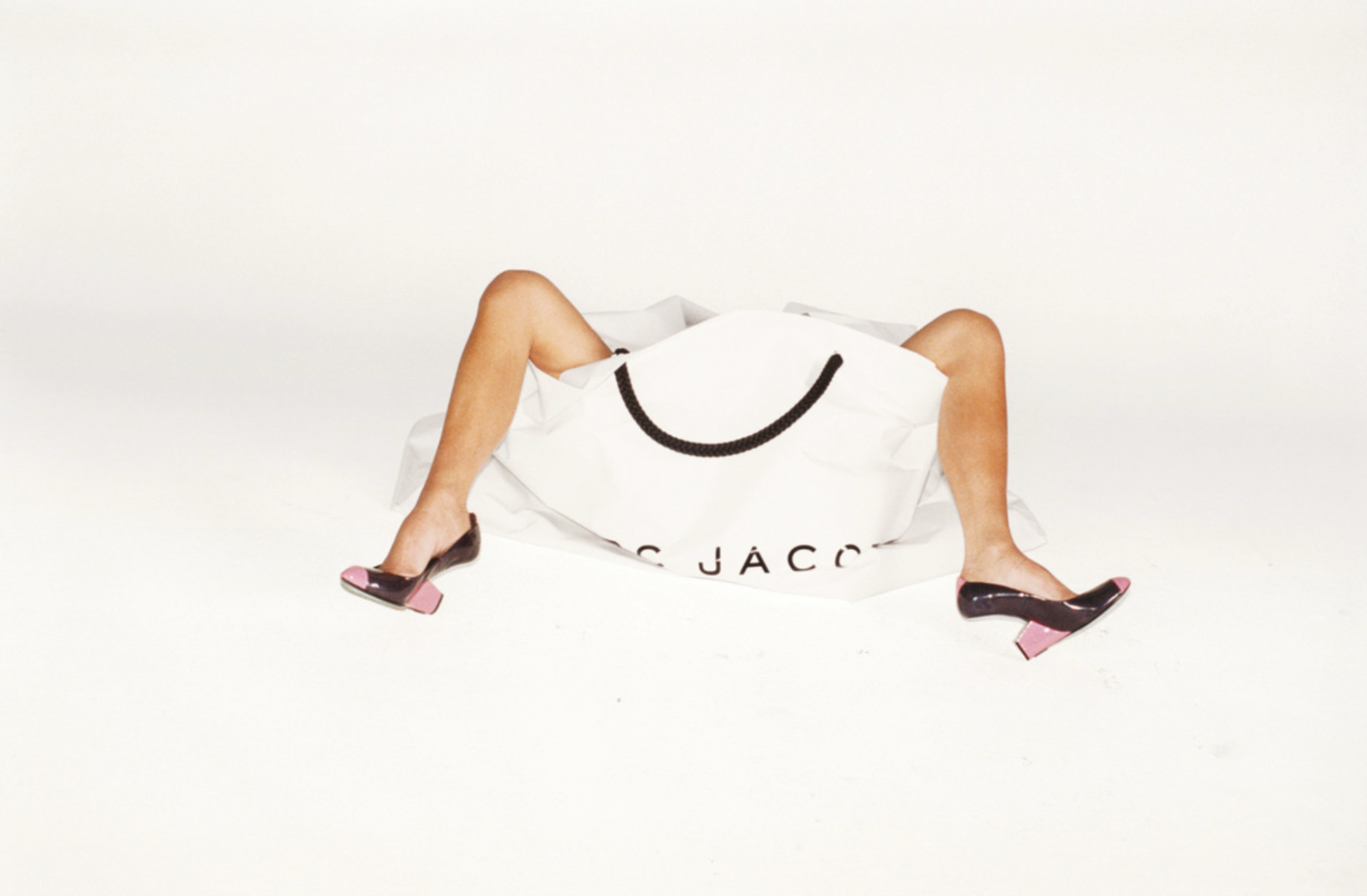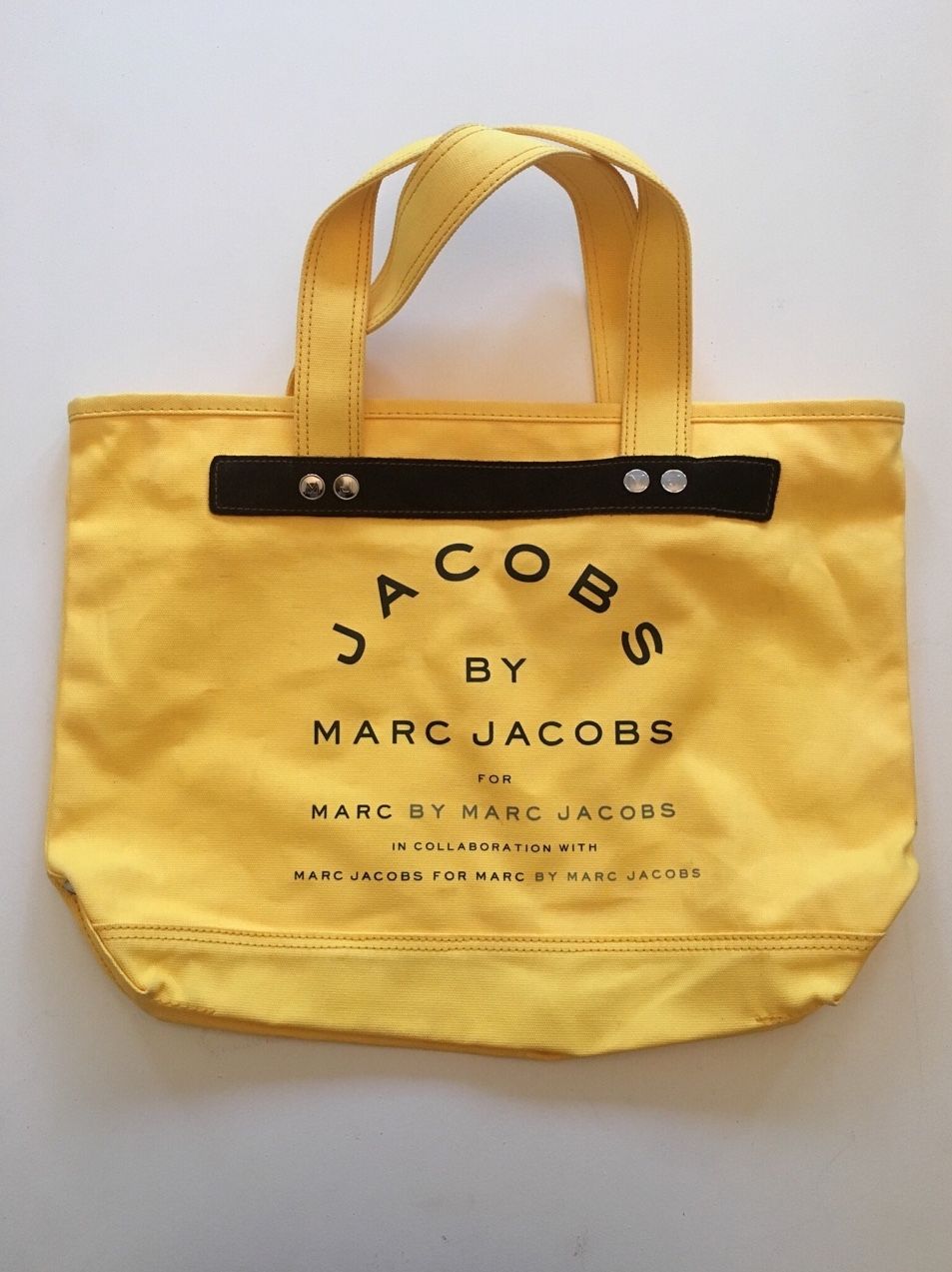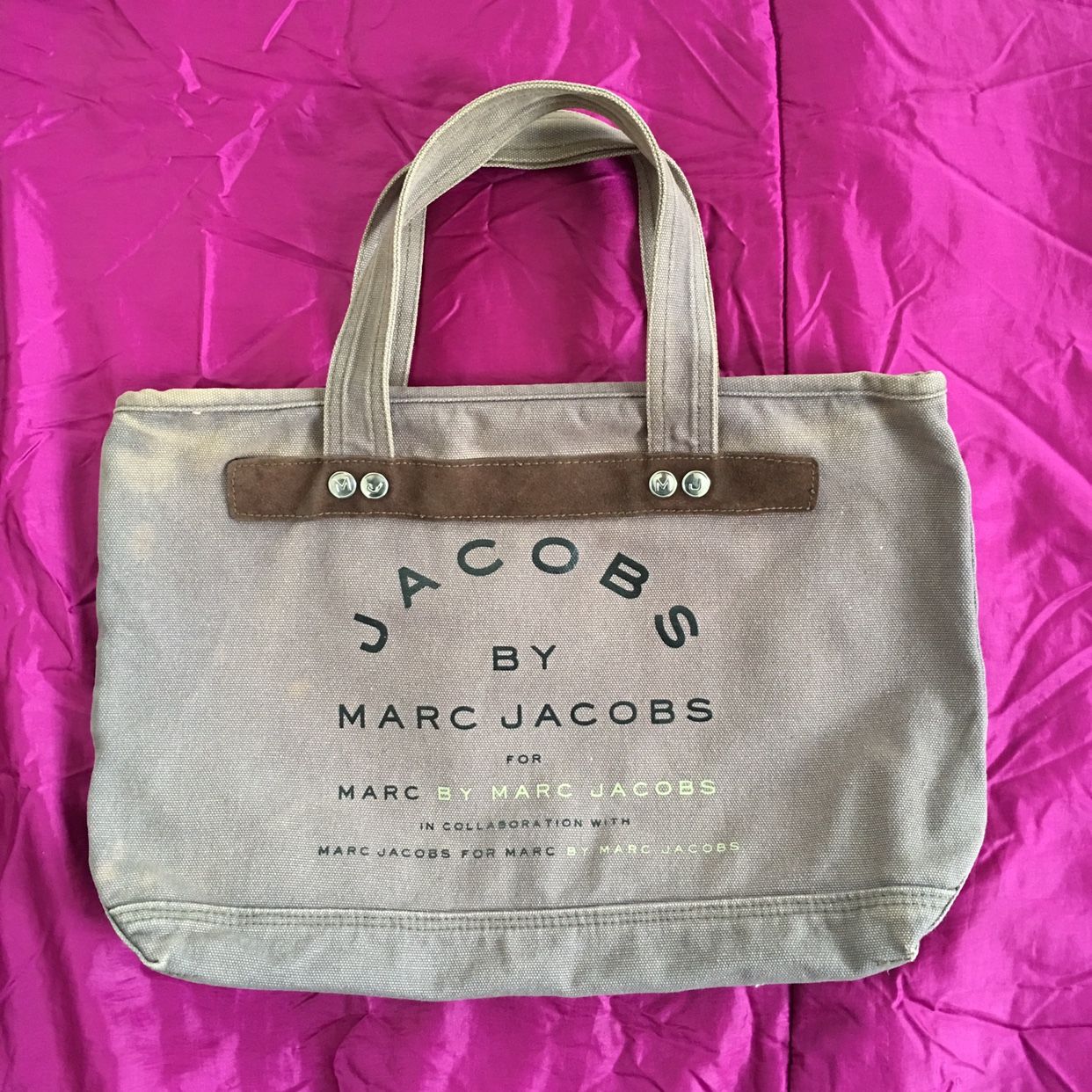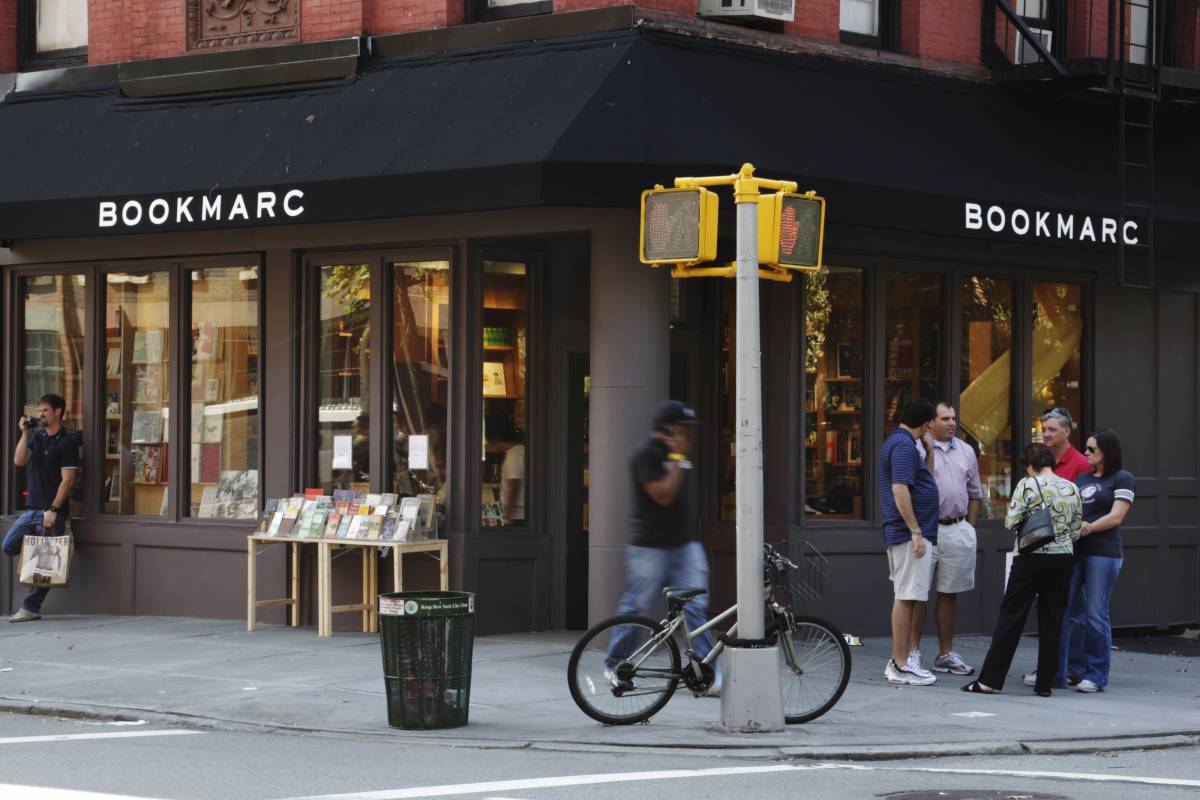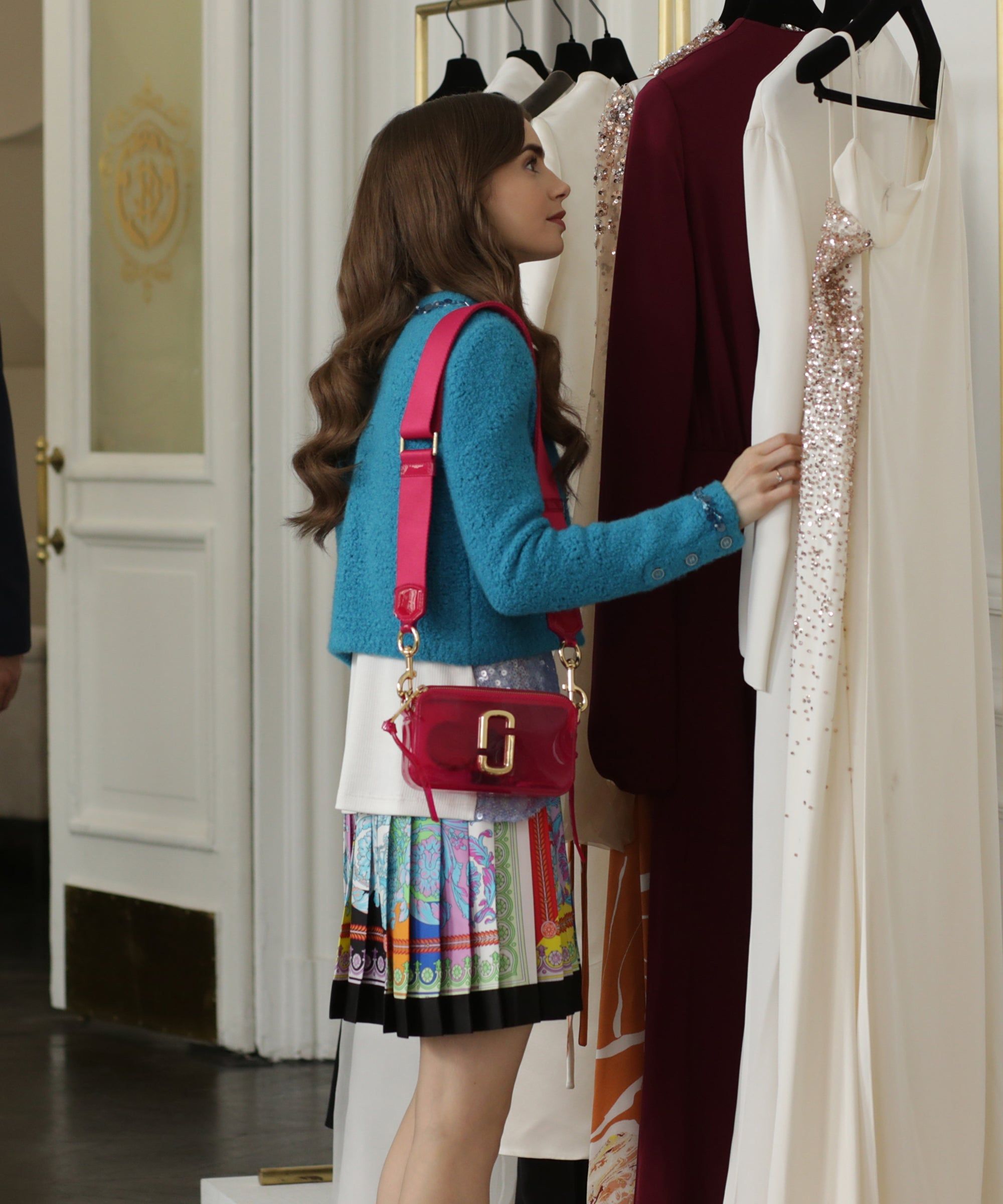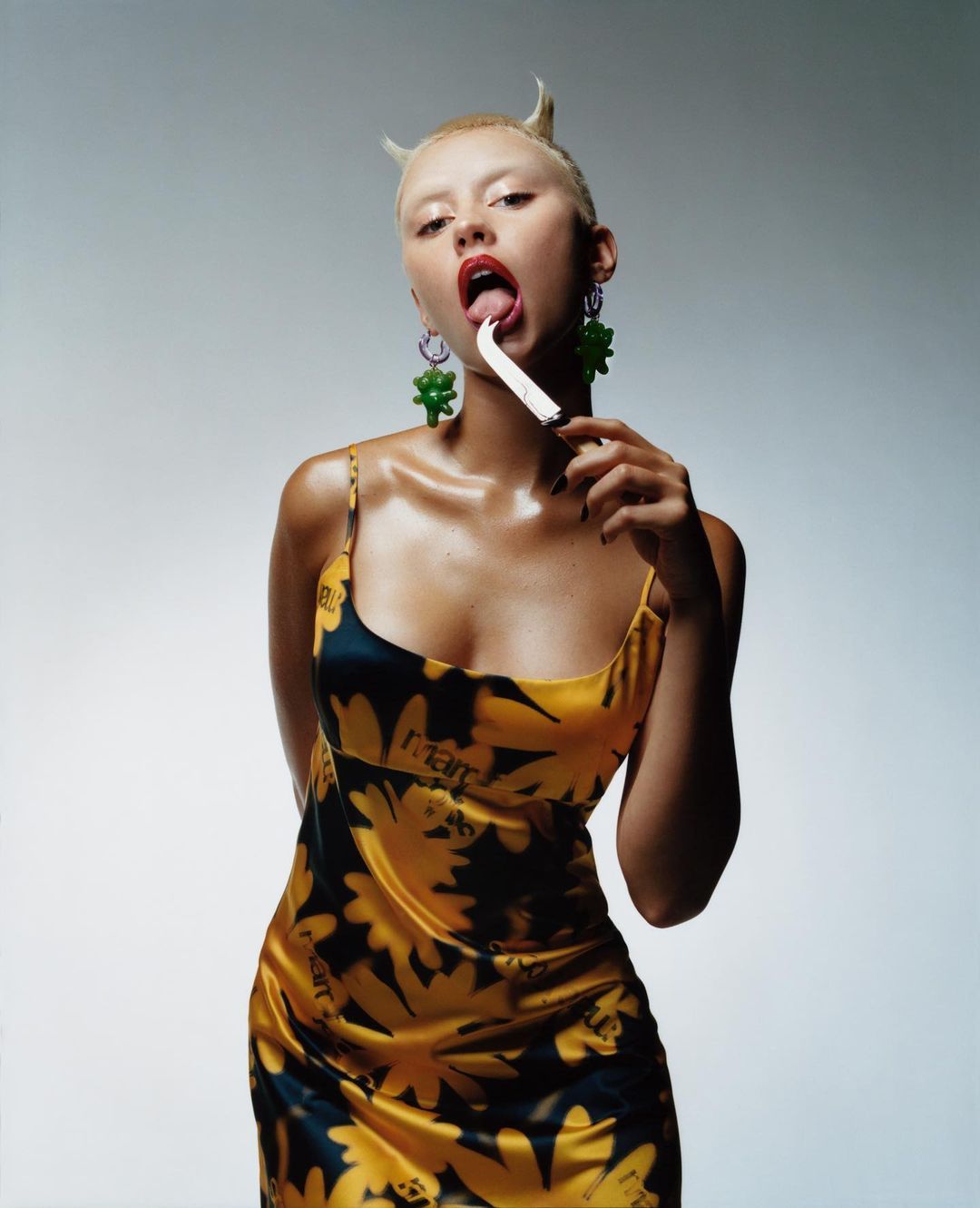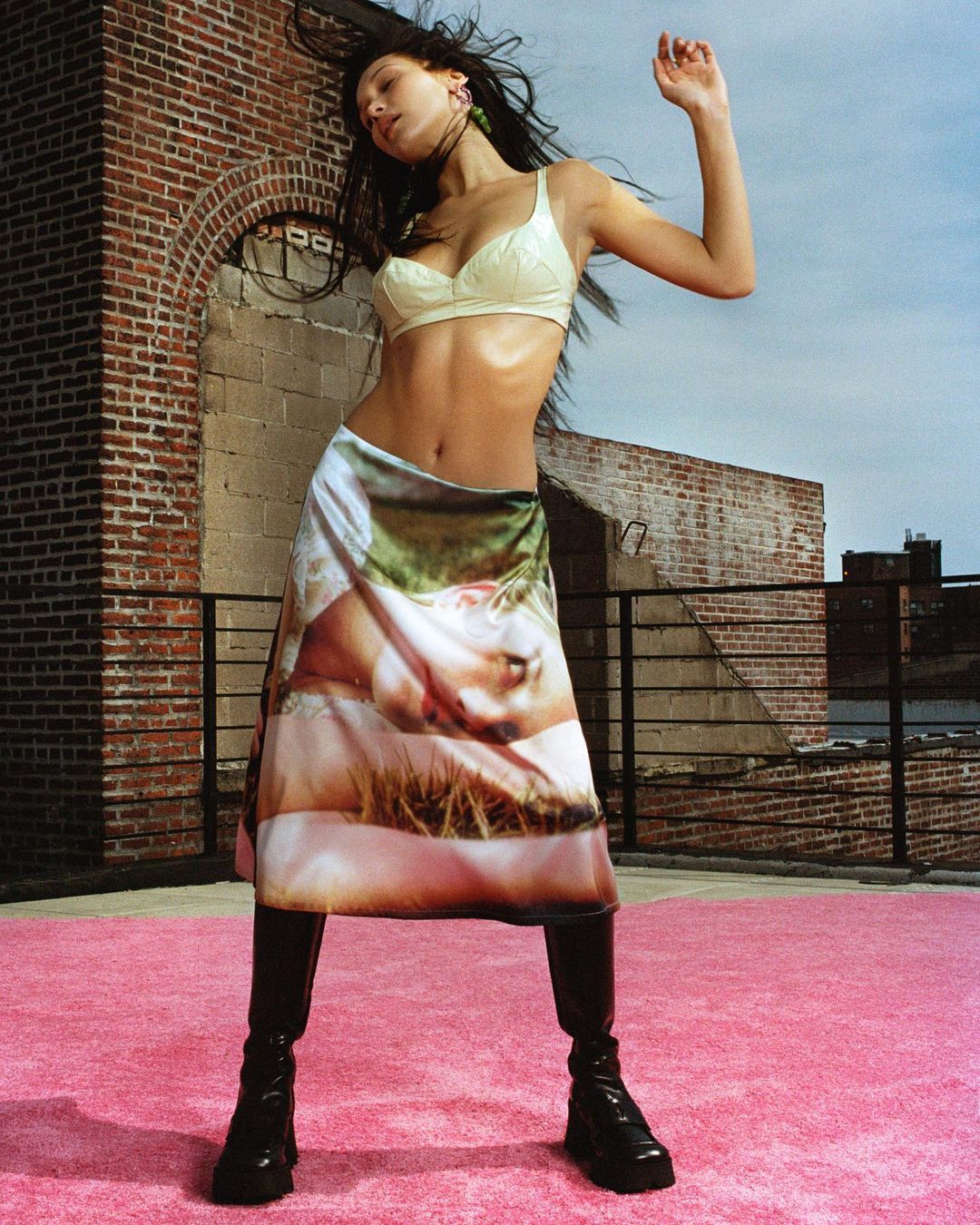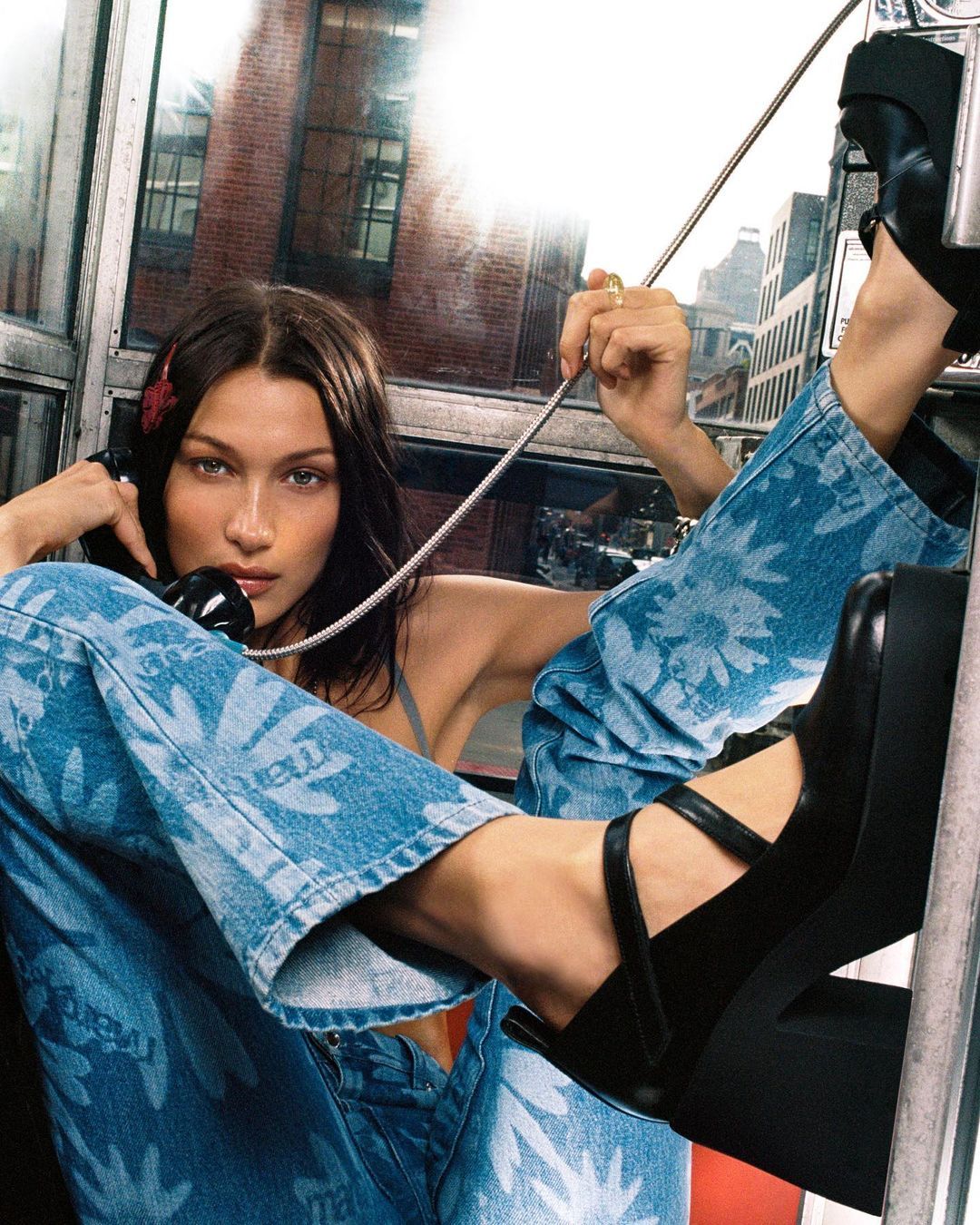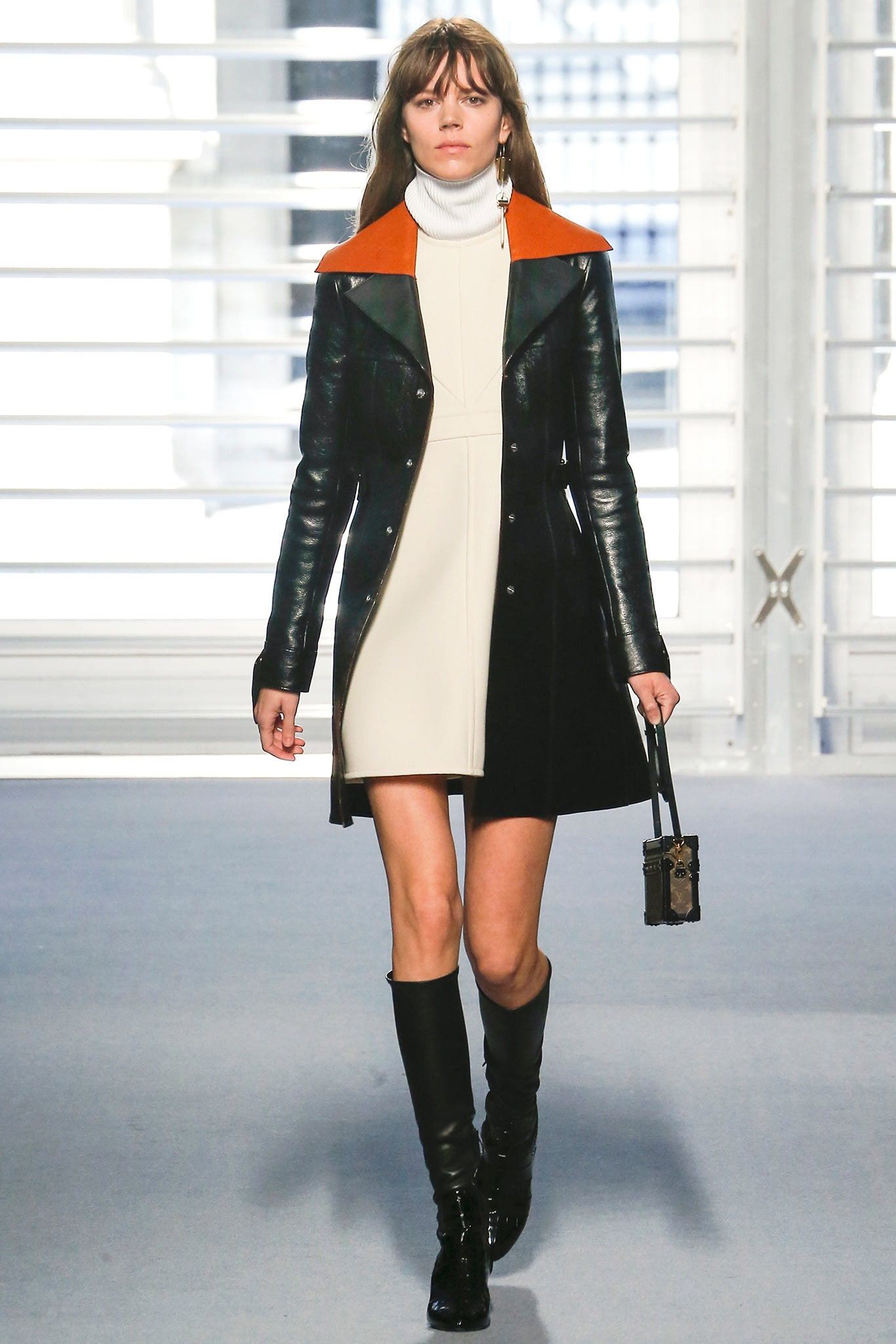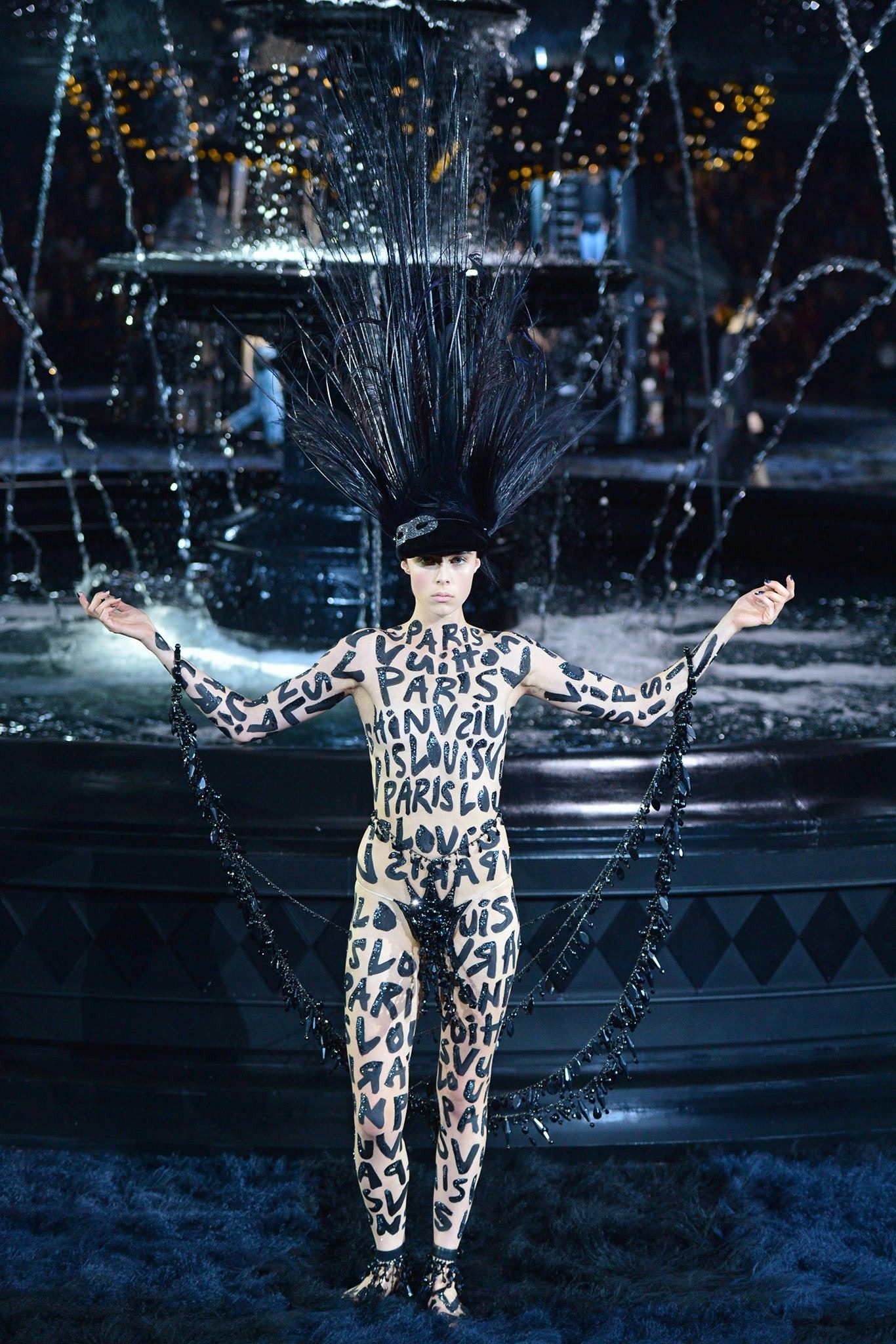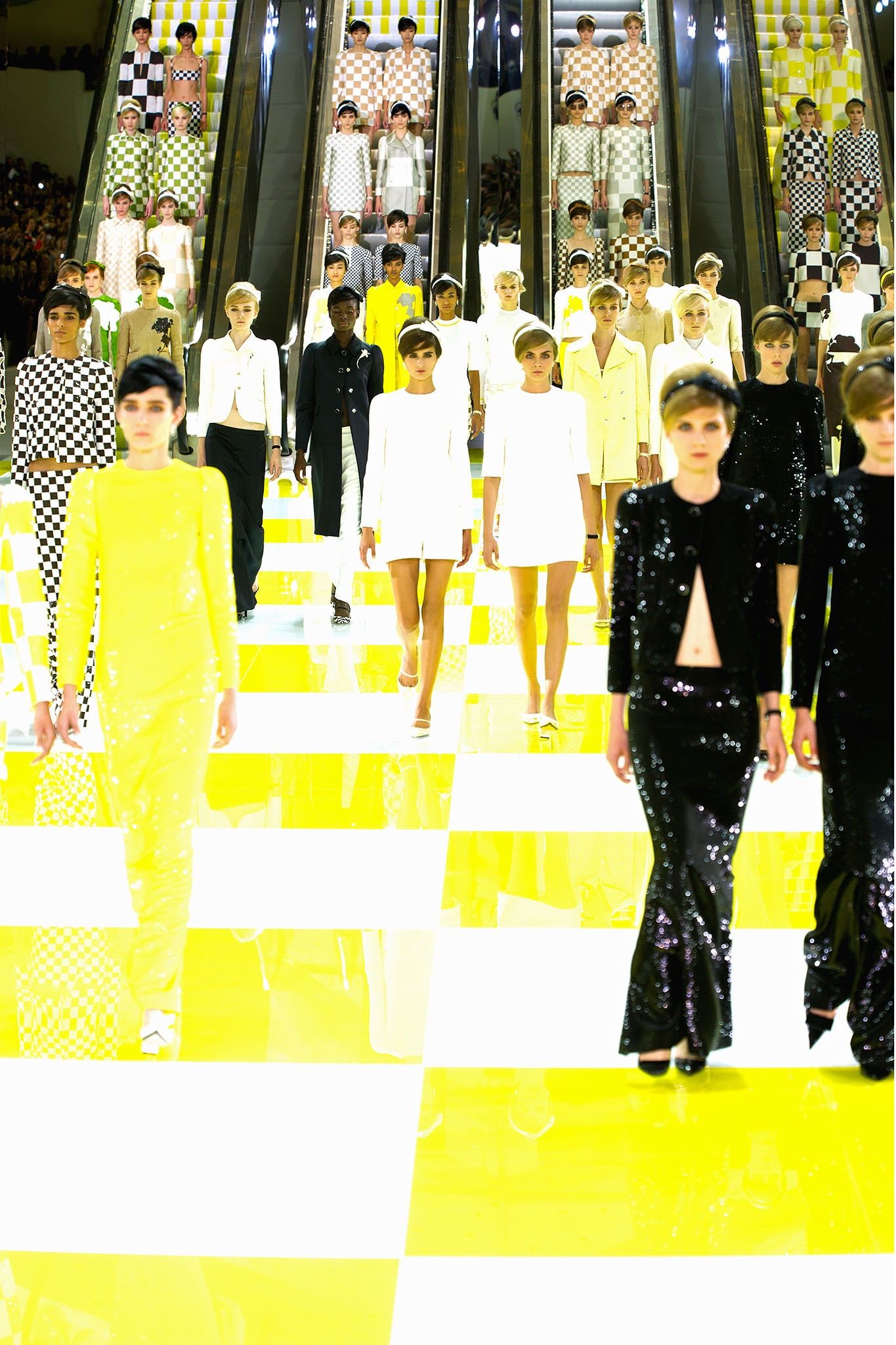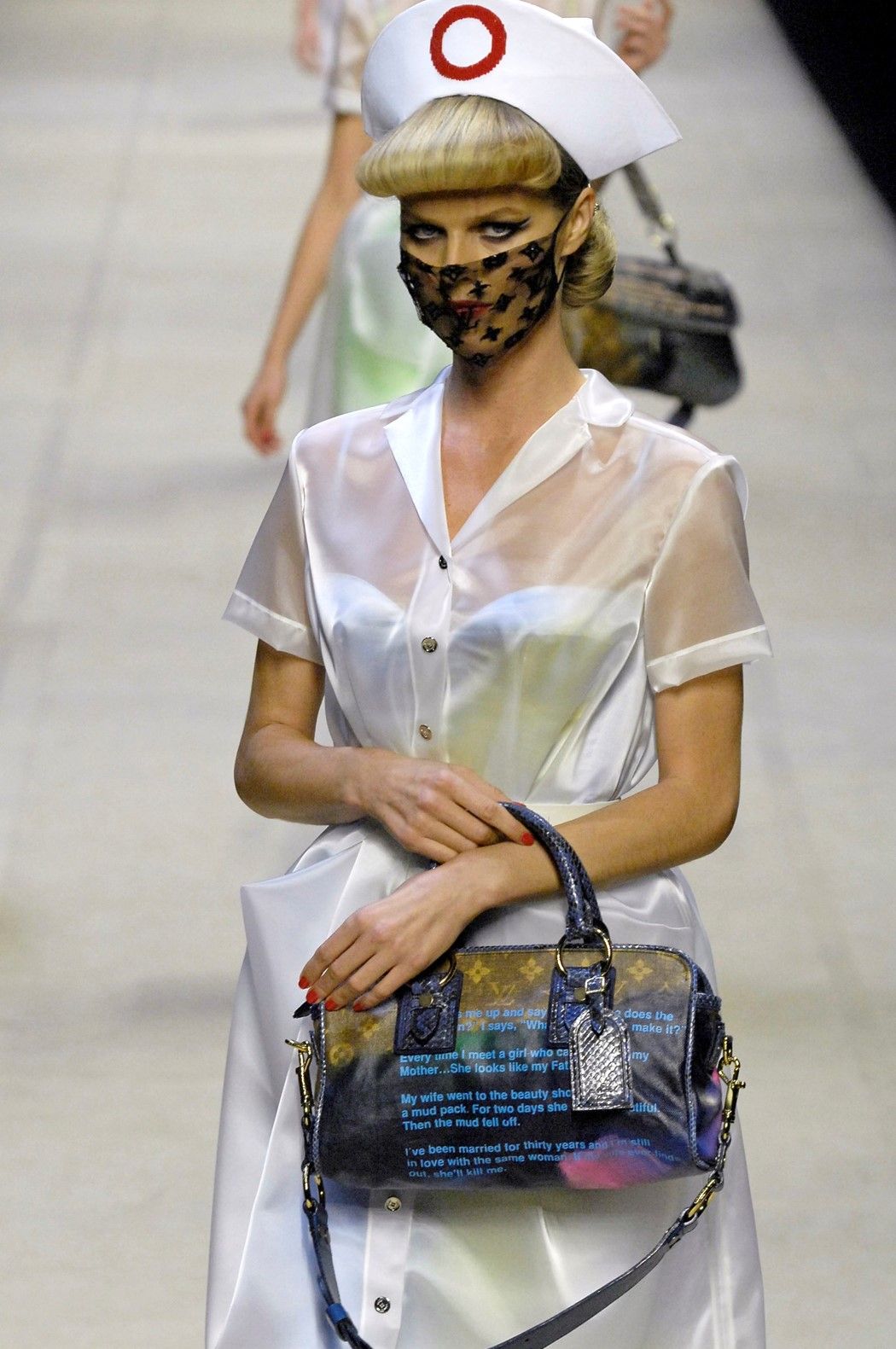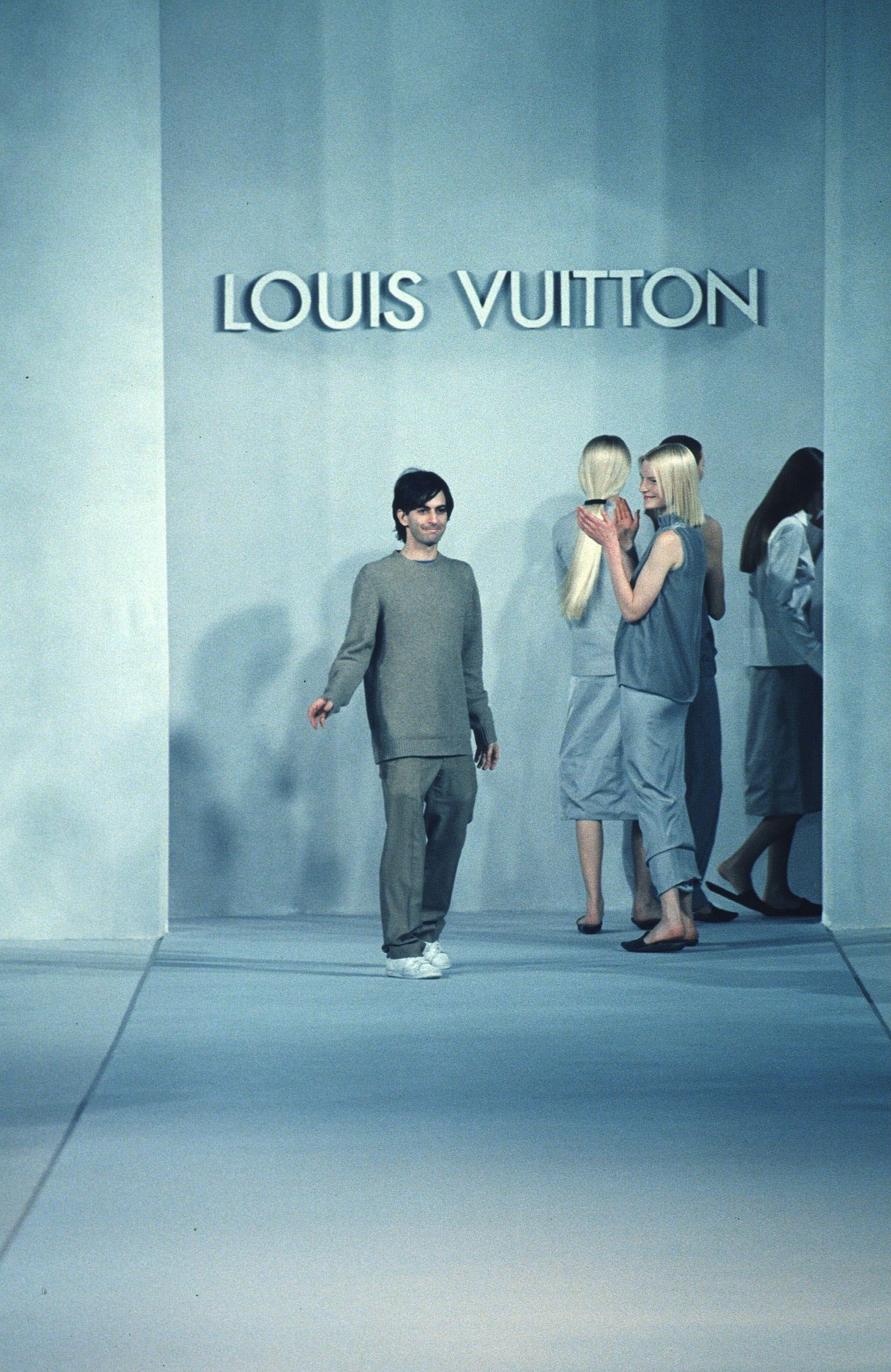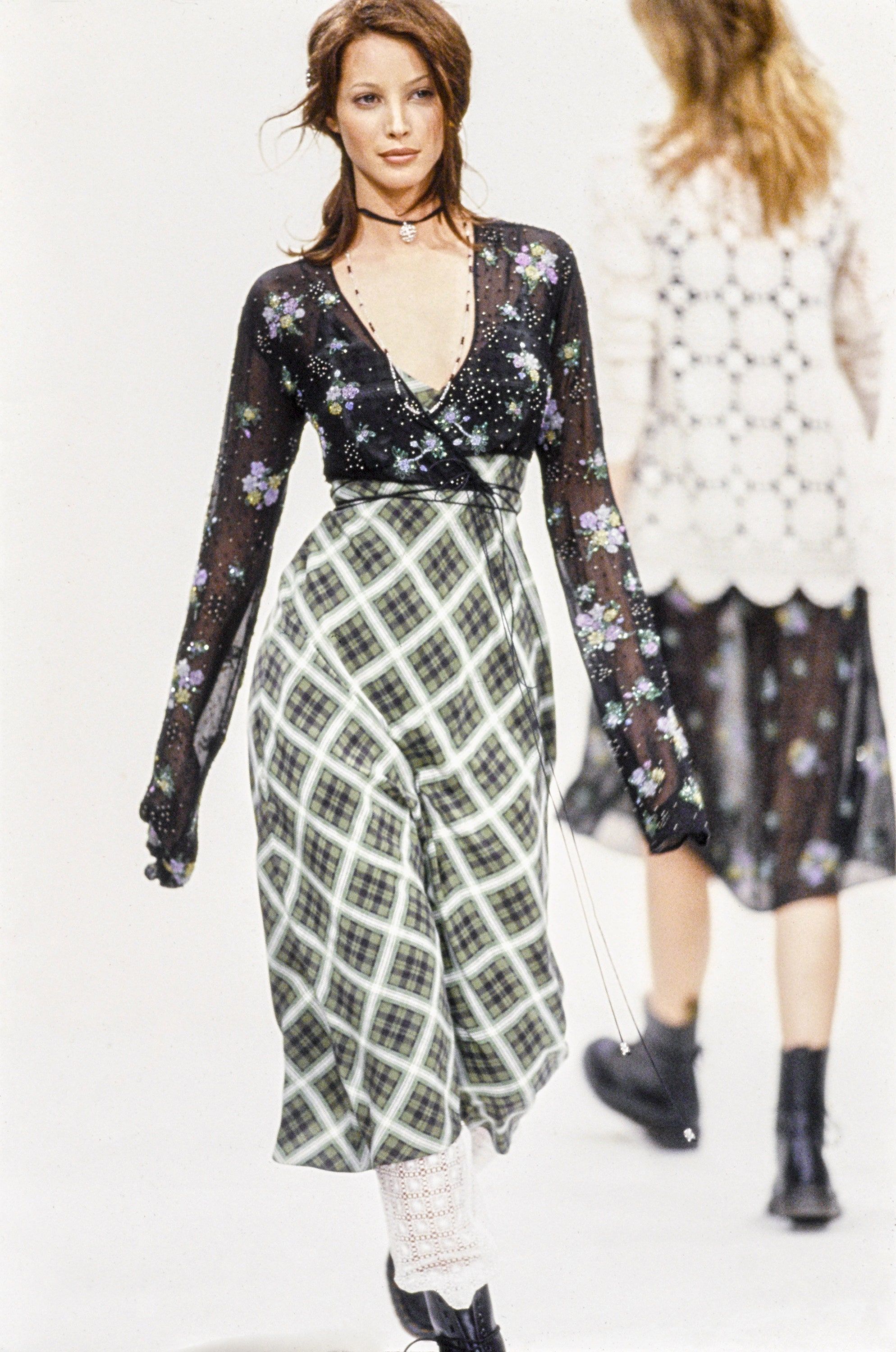
Have we forgotten about Marc Jacobs? The celebrated former creative director of Louis Vuitton has figured out how to win over Gen Z
The unexpected rediscovery by the new generations of Vivienne Westwood's creations, in particular pearl chokers with logo charms, vintage corsets, and pleated tartan skirts, has paved the way for the return of brands and designers that seem very far from the taste of contemporary youth culture. Marc Jacobs is an exception. The success of the Snapshot Bag, the return of his iconic Tote Bag, the rise of the Heaven collection only confirm the unparalleled ability of the American designer to intercept trends and changes before anyone else, once on the catwalks, today on TikTok.
After all, the affinity between the young audience and Marc Jacobs shouldn't come as much of a surprise. In 1992, Jacobs was the first to bring flannel shirts, silk slip dresses, and combat boots to the runway for Perry Ellis' infamous Grunge Collection, a foray into youth culture, and an attempt to bring it to the old fashioned public, that cost him his dismissal. The link with all that is new, interesting, and to be discovered has always been part of the multifaceted creativity of Jacobs, who has somehow been able to split his identity and his vocation. With his homonymous brand, founded with former partner Robert Duffy in 1985, Jacobs has redefined American fashion, has become the spokesman and interpreter of a free and ironic aesthetic, filled with references and suggestions, designed for a specific audience of cool kids. In his most institutional role, at the helm of Louis Vuitton from 1997 to 2013, Jacobs transformed a luggage house into one of the most celebrated and lucrative brands in the industry, introducing collaborations with artists and creating unforgettable collections.
The long-lasting connection that bonds Jacobs' work to the younger public began to take shape with the brand's second line. Marc by Marc Jacobs was created in 2001 and immediately achieved huge commercial success, thanks to the low to medium prices of jackets, hoodies, T-shirts, and especially thanks to the iconic tote bag covered with logos which defined an entire generation. Those tote bags, so basic but at the same time so cool, together with Bookmarc, the brand's concept-store-bookstore in the heart of Soho in New York, contributed to the shaping of a specific iconography that elected Jacobs as the most hip designer of the moment. The campaigns shot by Juergen Teller were the perfect portray of the creative, artistic, and eclectic New York that Jacobs wanted to tell and sell, and that found in Sofia Coppola, Chloë Sevigny, and Kirsten Dunst its most illustrious representatives.
Due to the eternally cyclical nature of fashion, today those tote bags are back, driven not so much by a nostalgia operation as by a clever restyling that has made them more minimal and elevated, once again an object of desire for all the fashionistas.
The direct bridge to the Gen Z aesthetic, however, was found by Jacobs thanks to another collection, launched in 2020. Described with the expression teen dream, the Heaven line is nothing but the contemporary and updated version of the Jacobs of yesteryear, which refers to imagery full of suggestions, ranging from the childhood bedroom to the aesthetic of Fruits Magazine, from the coolness of that New York store to the return of Y2K fashion. The seal of guarantee on the success of the collection was put by Ava Nuiri, better known as @avanope, a link between archival fashion and contemporary trends, who after collaborating with Helmut Lang has dedicated herself to the creation of a genderless collection that includes baby tees, sweatshirts, dresses, Mary Jane's with very high platforms, teddy bear-shaped pendants and checked cardigans. Olivia Rodrigo, Bella Hadid, and Iris Law are today's evolution of Dunst & Co, style icons that range between new and vintage, between past and present, and that shine on TikTok.
If in the 2000s the it-bag of the Maison Marc Jacobs was the Stam, named after the American model Jessica Stam, the brand's most successful release of the last few seasons is the Snapshot Bag. A small and compact bag, with shoulder strap, proposed in a number of variations and colors, and of course, with the logo in plain sight. The bag has a medium-high price-point, which allows it to appeal to a wide and varied audience in terms of age, background, and social extraction, in the wake of the successful policy of Telfar. Appearing on Lily Collins' shoulder in the new season of Emily in Paris, the bag launched in 2018 is a regular presence in the outfits of the most followed creators.
Despite a couple of rough years, with the end of the working relationship with Duffy, the closure of stores and lines, and the acquisition by LVMH of Marc Jacobs, at the dawn of his sixties, the American designer has not lost his innate ability to read the present, well aware that his strong point remains youth culture, to be conquered with a flannel shirt or a video on TikTok. The idea of combining high and low, luxury and streetwear, the intuition of bringing street trends and aesthetics into institutional environments, the creation of direct-to-consumer lines make Jacobs a pioneer of what Abloh, West, and Williams have accustomed us to seeing on the catwalks. A precursor of fashion as we know it today.










































